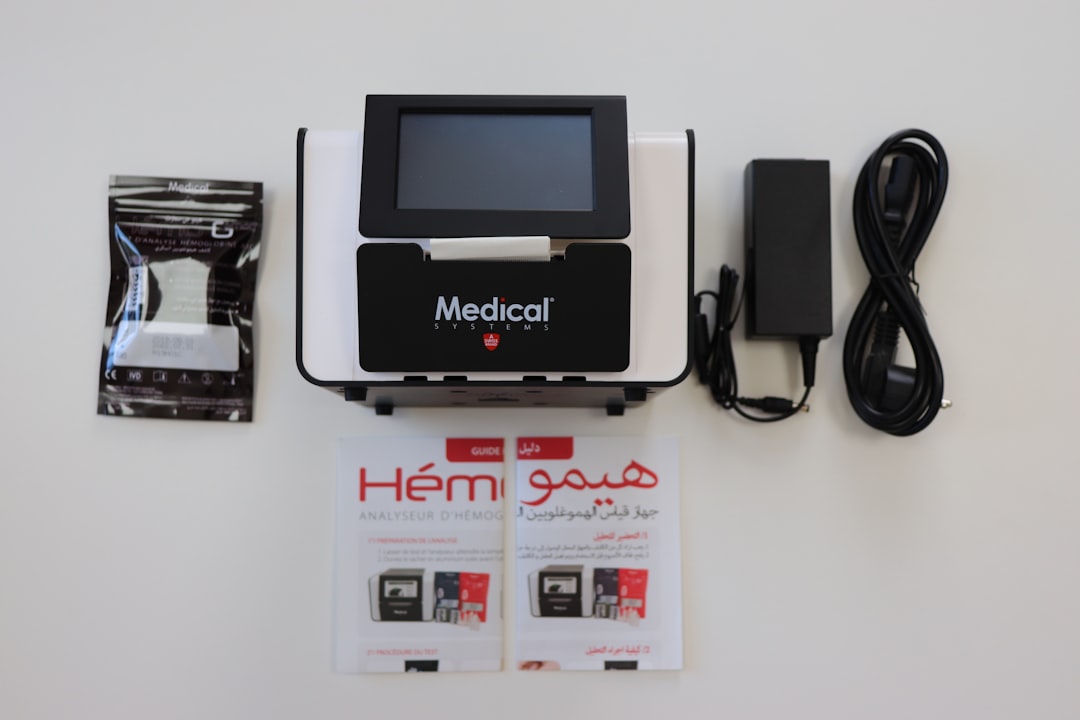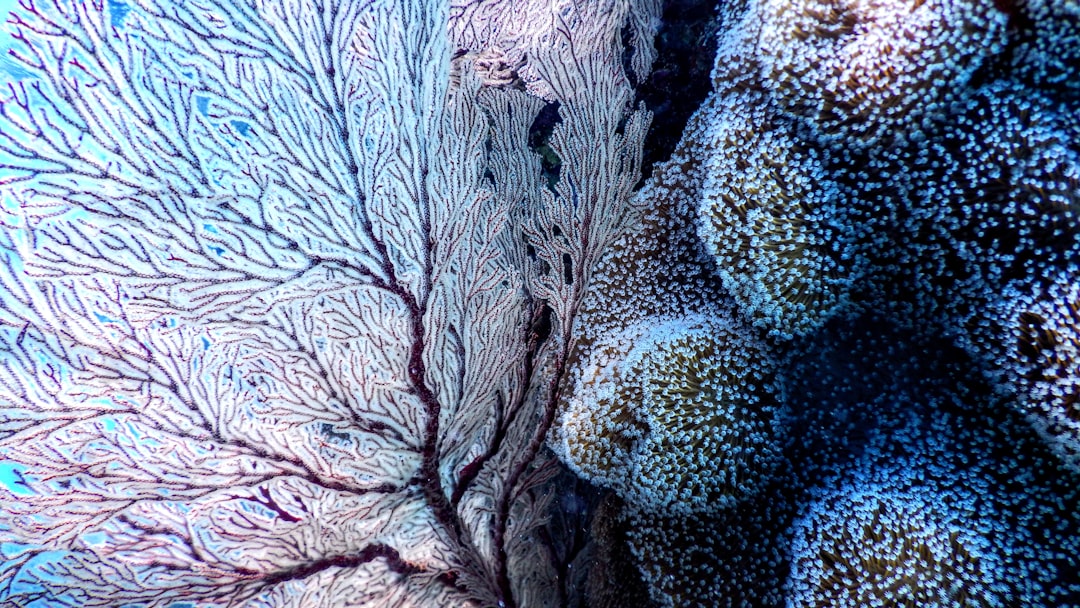What is it about?
This study attempts to determine the differences in histopathological features of basal decidua and placenta in cases of preeclampsia with or without fetal intrauterine growth restriction.
Featured Image
Why is it important?
Alterations of the placental bed in terms of decidual vasculopathy are more the characteristics of the preeclampsia itself than IUGR, while changes in placental villi primarily follow the presence of IUGR, which could indicate that preeclampsia with and without IUGR are two pathogenetically different entities.
Perspectives
Preeclampsia is a serious condition, unique for human pregnancies, but etiology of this syndrome remains unknown. These differences in HP findings in preeclampsia associated with IUGR in relation to alone preeclampsia, which means that the changes in placental bed are rather the characteristics of the preeclampsia itself than the growth restriction of the fetus, but the changes in placental villi are primarily related to presence of growth retardation of the fetus, suggest that probably two different ethipathogenical entities are present.
Prof. Jelena D Milosevic Stevanovic
Faculty of Medicine, University of Nis, Serbia and Clinic of Gynecology and Obstetrics, Clinical Center Nis, Serbia
Read the Original
This page is a summary of: Preeclampsia with and without intrauterine growth restriction–Two pathogenetically different entities?, Hypertension in Pregnancy, September 2016, Taylor & Francis,
DOI: 10.1080/10641955.2016.1212872.
You can read the full text:
Contributors
The following have contributed to this page










